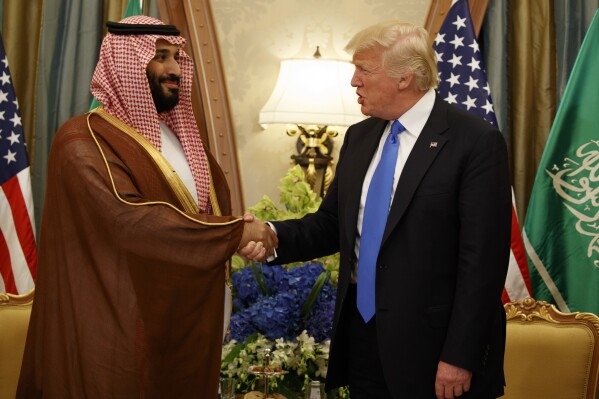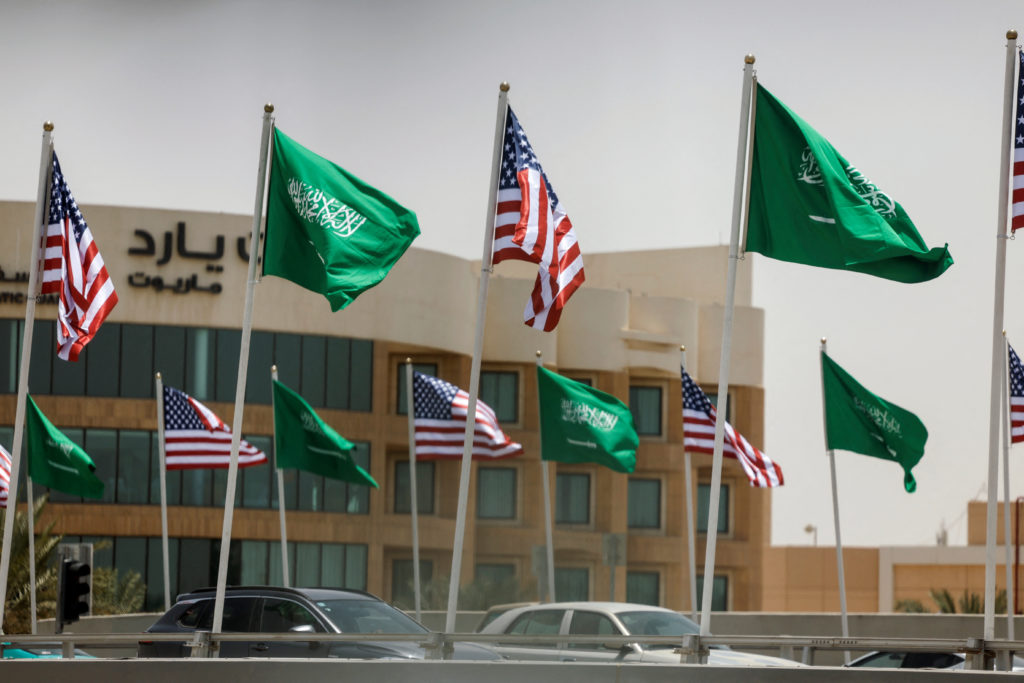Trump Gulf Arab states visit 2025 is set to take place this week, bringing the U.S. president to Saudi Arabia, Qatar, and the United Arab Emirates. The visit comes at a critical time as crises flare in Gaza and tensions escalate with Iran. While the official purpose of the trip is to strengthen diplomatic ties and foster economic cooperation, the timing has drawn attention due to the simultaneous humanitarian and security challenges in the region.
Strategic Importance of the Gulf Visit
The Gulf region has long been a central player in global geopolitics and energy markets. For the United States, maintaining strong relationships with Gulf Arab states is crucial for regional stability, economic partnerships, and counterterrorism efforts. Trump Gulf Arab states visit 2025 underscores Washington’s commitment to sustaining these ties despite the ongoing crises.
During the visit, Trump is expected to meet with the leaders of Saudi Arabia, Qatar, and the UAE to discuss a range of issues, from energy cooperation to military partnerships. The Gulf states are among the most important U.S. allies in the Middle East, with strong economic and defense ties. Each country presents unique strategic opportunities, which the president is likely to emphasize during his meetings.
Economic and Investment Focus
One of the central objectives of Trump Gulf Arab states visit 2025 is economic engagement. The Gulf region has witnessed rapid development in infrastructure, technology, and financial sectors over the past decade. For instance, Saudi Arabia’s Vision 2030 initiative aims to diversify the economy away from oil dependence, creating opportunities for foreign investment. Similarly, the UAE has emerged as a global hub for business, finance, and tourism, while Qatar continues to expand its infrastructure and innovation sectors.
Trump’s meetings are expected to focus on promoting U.S. business interests, signing new investment agreements, and encouraging collaborations in technology, energy, and defense. Previous U.S. presidential visits to the region have resulted in multi-billion-dollar agreements in aviation, defense, and energy, and this visit is expected to follow a similar pattern..

Security Considerations and Regional Tensions
Despite the economic focus, the context of Trump Gulf Arab states visit 2025 is heavily shaped by security concerns. The Gaza conflict has intensified, with casualties mounting and humanitarian needs escalating. In addition, Iran’s nuclear program and regional influence remain key points of concern for both Gulf states and the U.S. administration.
Observers have noted that while Trump is likely to prioritize economic and diplomatic discussions during his visit, the omission of direct engagement on the Gaza crisis or Iran could be perceived as overlooking pressing regional issues. Analysts suggest that addressing these security challenges is critical for long-term stability in the Middle East.
Diplomatic Implications
The timing and objectives of Trump Gulf Arab states visit 2025 carry significant diplomatic implications. By emphasizing economic and defense partnerships, the U.S. signals its intent to strengthen ties with Gulf leaders. However, balancing economic objectives with humanitarian and security concerns will be essential to maintain credibility and influence in the region.
The visit may also provide an opportunity for private diplomacy regarding Gaza and Iran, even if these topics are not highlighted in public statements. Previous U.S. administrations have often used Gulf visits to negotiate behind the scenes on sensitive issues, and Trump’s team may follow a similar approach.
Regional and Global Reactions
Reactions to the visit have been mixed. Gulf governments are welcoming, focusing on the potential for enhanced trade, investment, and technological collaboration. Meanwhile, international observers and humanitarian groups have expressed concern that the visit could overlook the immediate crises in Gaza and broader tensions with Iran.
Experts emphasize that the effectiveness of the visit will depend not only on signed agreements but also on the U.S.’s ability to engage with regional challenges in a meaningful way. Economic partnerships may strengthen ties, but without addressing humanitarian and security issues, long-term stability could remain elusive.
Conclusion
Trump Gulf Arab states visit 2025 represents a significant moment in U.S.-Middle East relations. The visit highlights the strategic importance of Saudi Arabia, Qatar, and the UAE, while focusing on economic agreements, investment opportunities, and defense partnerships. At the same time, the ongoing crises in Gaza and Iran underscore the complexity of regional dynamics, reminding the world that diplomacy in the Middle East is never straightforward.
The outcome of the visit could shape U.S. influence in the Gulf for years to come. By successfully combining economic, security, and diplomatic initiatives, the administration has the chance to strengthen relationships with key allies. At the same time, observers will be closely watching whether the visit addresses the urgent humanitarian and security challenges that continue to affect millions in the region.
Trump Gulf Arab states visit 2025 is more than just a diplomatic trip. It is a test of U.S. strategy in balancing economic interests, regional security, and humanitarian responsibilities. The world will be watching closely as these meetings unfold and as agreements are signed, setting the tone for U.S. engagement in the Middle East in the coming years.
Read More: From Behind the News Desk: The Inspiring Journey of Manal Jassem



